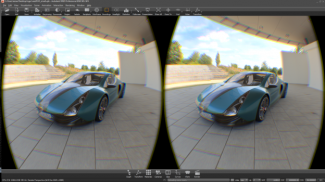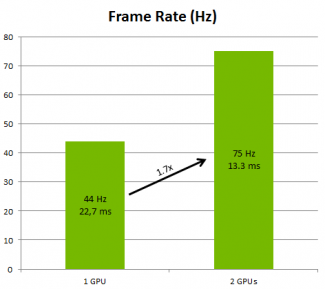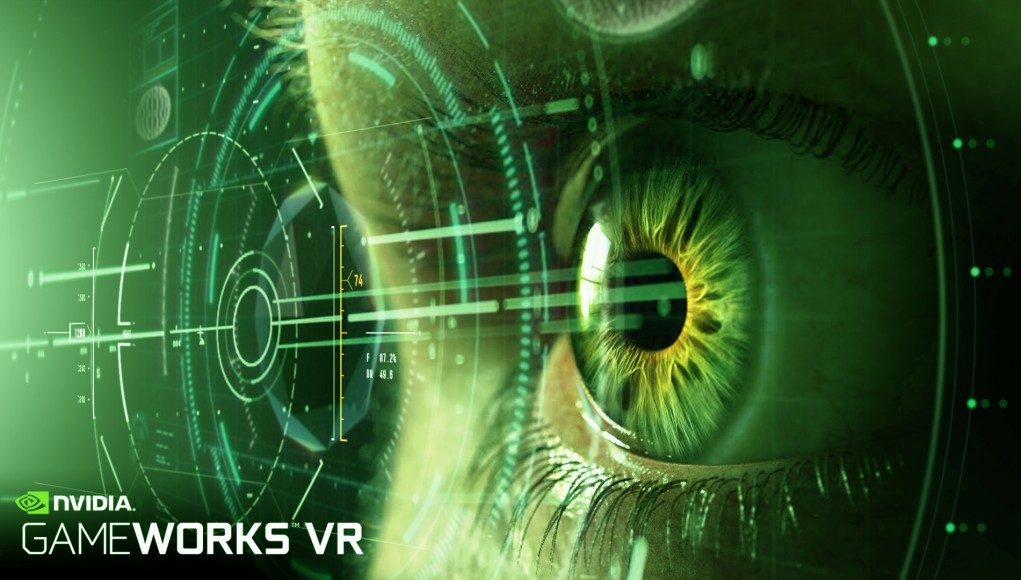Today NVIDIA announced a new driver release bringing compatibility with its latest Gameworks VR 1.1, which in turn brings with it multicast GPU acceleration for OpenGL applications.
NVIDIA’s Gameworks and Designworks VR, a suite of APIs designed to target the rendering challenges posed by virtual reality, takes another step towards maturity with a full release of the latest driverset for compatible graphics cards.
See Also: NVIDIA Takes the Lid Off ‘Gameworks VR’ – Technical Deep Dive and Community Q&A

The latest ‘Game Ready’ driver (361.43) is up for download right now and ships with compatibility for the latest Gameworks VR 1.1 API suite, which includes a neat new OpenGL extension that allows those with multiple NVIDIA cards to render stereoscopic views utilising concurrent rendering grunt from both.
With stereo rendering, the GPU is required to render a viewpoint for each eye from different perspectives, an operation that’s ordinarily done sequentially, with one eye being rendered before moving on to the next. VR SLI and this new multicast extension apparently allows the same scene data to be uploaded to each GPU in a dual GPU setup, allowing those GPUs to render each viewpoint independently with a single trip made by the CPU to get the data there. Less CPU load, higher concurrency in theory means high frame-rates and lower latency with stereoscopic rendering, ideal for VR then.
 The example given in a new blog post is Autodesk’s VRED Professional, a 3D visualisation package with virtual reality headset support. NVIDIA claims that adding this new extension (snappily titled ‘GL_NVX_linked_gpu_multicast’), allows supporting applications to deliver up to 1.7x high frame-rates.
The example given in a new blog post is Autodesk’s VRED Professional, a 3D visualisation package with virtual reality headset support. NVIDIA claims that adding this new extension (snappily titled ‘GL_NVX_linked_gpu_multicast’), allows supporting applications to deliver up to 1.7x high frame-rates.
For games and applications to utilise these features, they must be coded with the APIs and extensions in mind, and as yet there are scant examples. However, as we hurtle towards the first quarter of 2016 with two PC-based VR headsets due for release and a pile of demanding software titles in their wake, NVIDIA’s initiatives along with AMDs forthcoming LiquidVR, may well deliver the edge required for high-end VR experiences.
Grab the new driver here and check out the full NVIDIA blog post.







